June 2, Canada’s national day of remembrance. But wait, that’s held on November 11th every year and coincides with the signing of the Armistice in 1918 which ended the horrific slaughter of the First World War.
Well, t’wasn’t always so in Canada.
In fact that change of date only occurred in 1931 with the Armistice Remembrance Day Act.
Until that point, Canadians unofficially commemorated their war dead on “Decoration Day” which was held on the weekend closest to June 2.
Generally a warm day when life has begun to renew itself in the late spring, it was a day to tidy up soldier’s graves after winter and decorate them with flowers or wreaths. Parades of veterans were also staged as people tossed flowers “decorating” them as they passed to cheers and followed by excited children.
Originally the day began in 1890 as a protest by those who had fought against the Fenian raid at Ridgeway, Ontario on June 2, 1866.
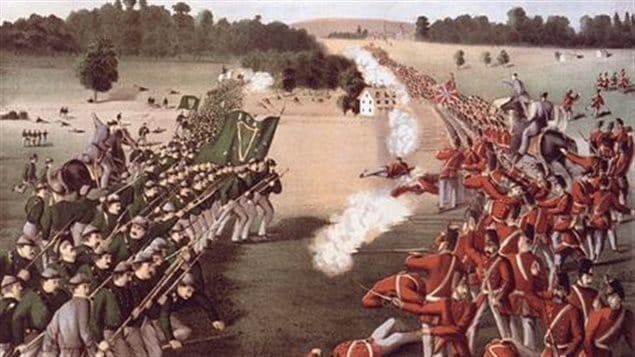
The battle pitted about 800 Canadians against an almost equal number of the Irish-American Fenians invaders. (The battle is also sometimes known as the Battle of Lime Ridge, or Limestone Ridge) It marked the first time Canadian soldiers and led by Canadian officers, had fought on their own to defend Canadian soil.
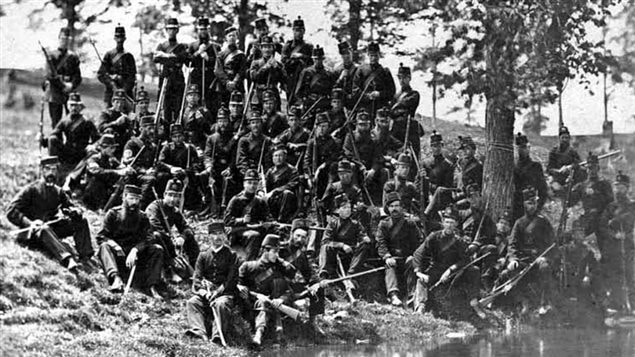
Nine Canadian soldiers were killed including three University of Toronto student volunteers. Twenty-two others later died of wounds or disease from the battles against the Irish-American Fenians between 1866-1871
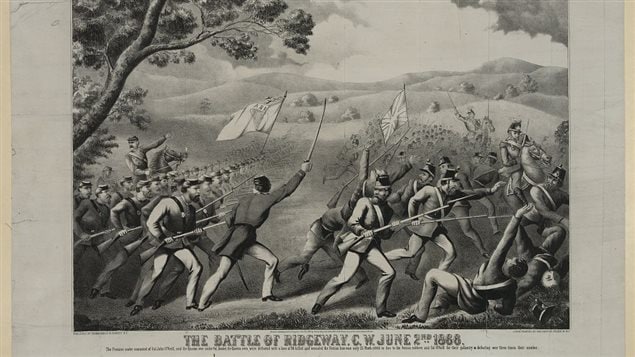
The Canadian government was reluctant to honour the veterans and the dead. Because of this refusal, private funds were raised to create a memorial in Toronto. The Canadian Volunteer Memorial was unveiled in 1870 with an inscription reading : Canadian Volunteer Monument, Campaign of June 1866 Honour the Brave who died for their Country. Canada erected this monument as a memorial of her brave sons who fell at Limeridge or died of wounds received in action or from disease contracted in service while defending her frontier in June 1866.
By 1890, the frustration at not being officially recognized for their service and “forgotten” decided to hold a peaceful protest by organizing a march and laying of wreaths at the Volunteers Monument on the anniversary of the Ridgeway battle.
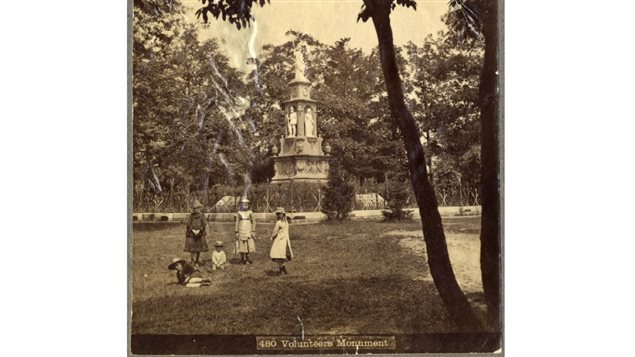
It became an annual event and eventually the government under public pressure agreed to a medal and land grants to surviving veterans in 1899-1900.

Decoration Day then spread as a way to commemorate the fallen, later including those fallen during Canada’s Northwest Rebellion, the South African (Boer) War, and those of the First World War. Decoration Day increased in significance and importance up until the 1931 creation of the Remembrance Day.
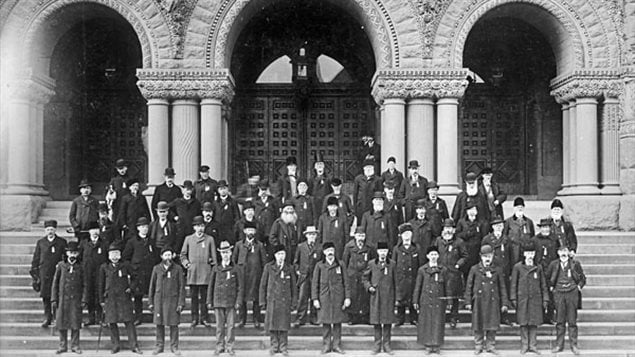
However in a Globe and Mail online news article of Nov.10, 2012, historian Peter Vronsky notes that Remembrance Day seemed to have excluded the dead of Ridgeway who fell defending Canadian soil. He says they’re not even mentioned in Canada’s National Books of Remembrance.
Additional information-sources
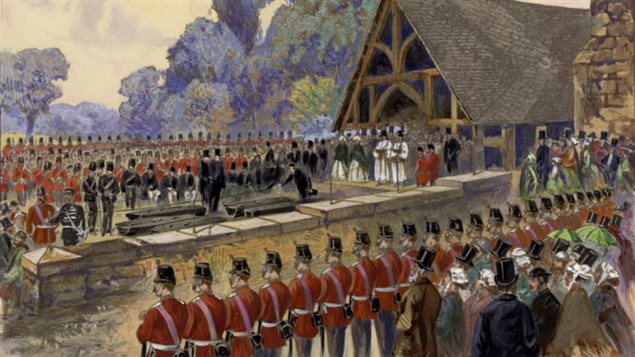






For reasons beyond our control, and for an undetermined period of time, our comment section is now closed. However, our social networks remain open to your contributions.